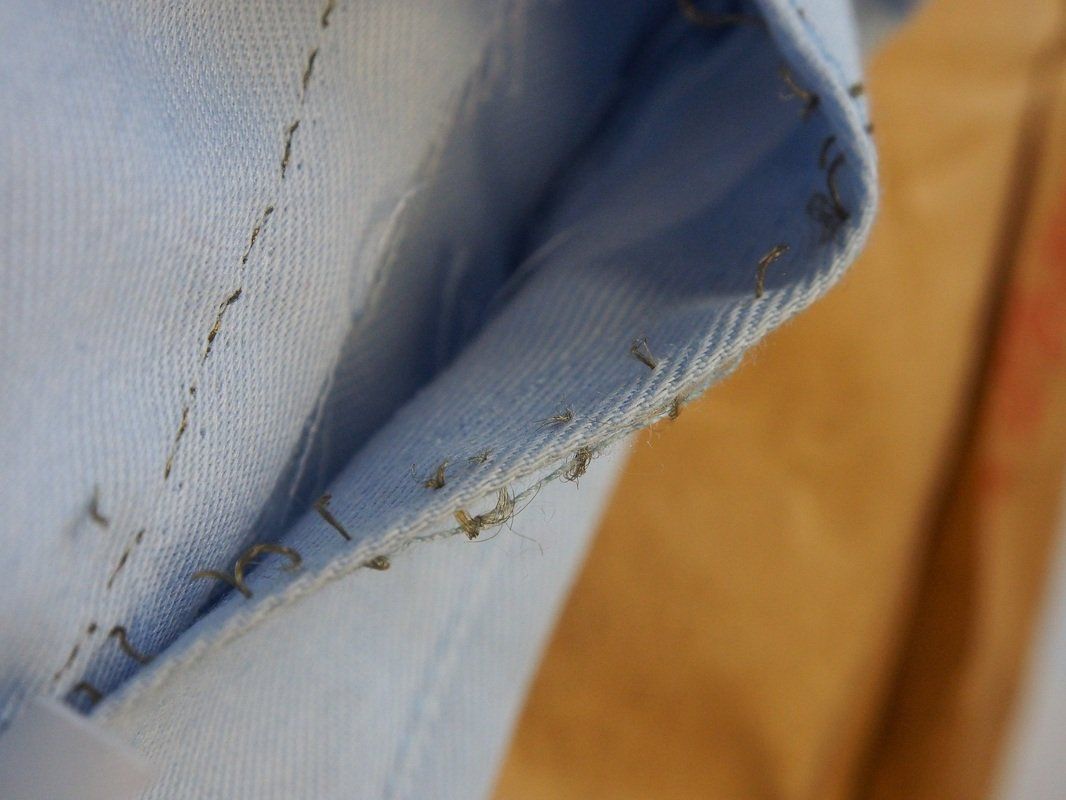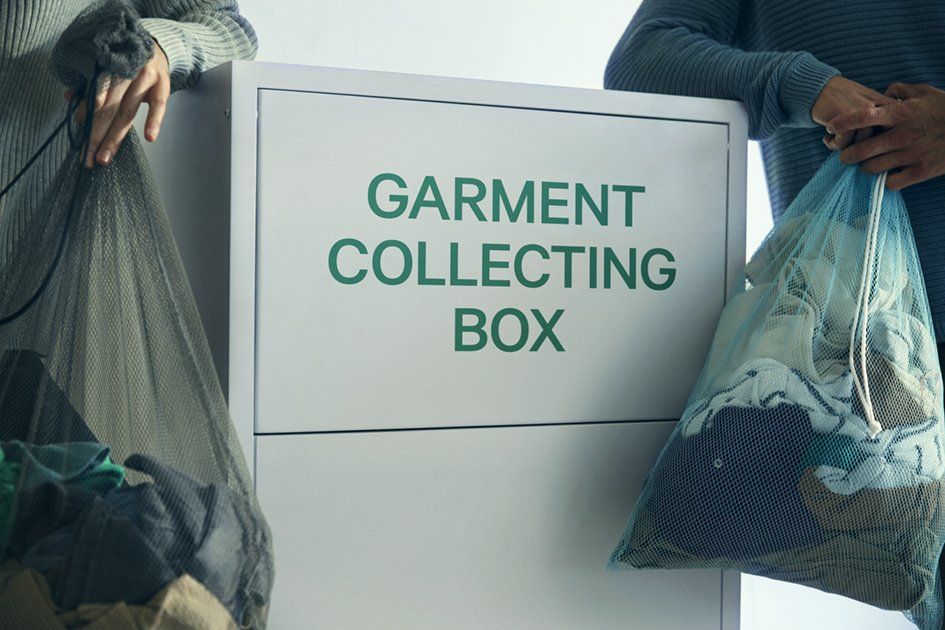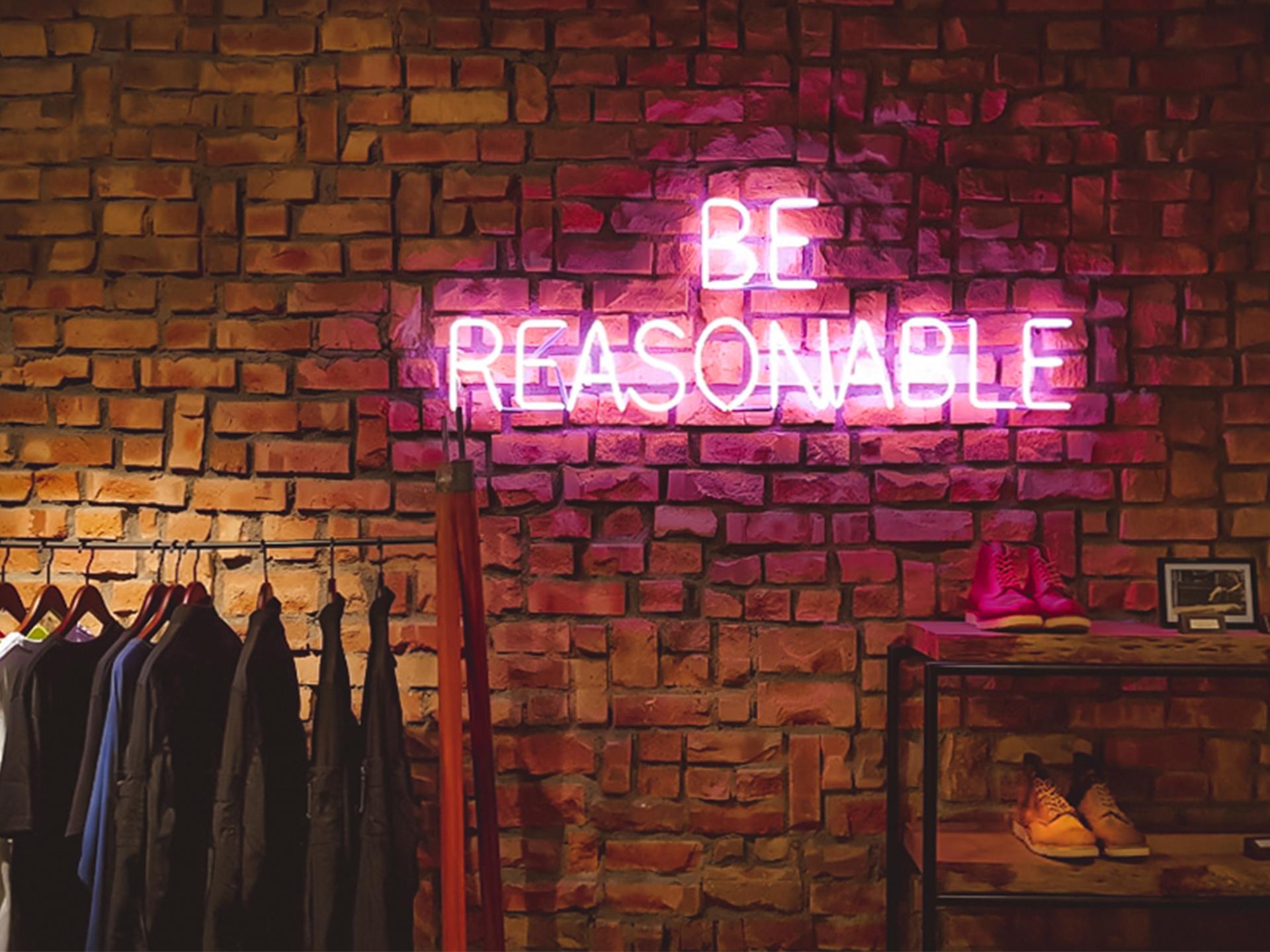Blogopmaak
First steps towards a sustainable supply chain (B2B)
Jan 26, 2020
First steps towards a sustainable supply chain (B2B)
Sustainability is a rising topic in most industries but it seems like the fashion industry has difficulties keeping up with the rapid changes. What can be the first steps in your journey towards a sustainable supply chain?
In this blog we will share some examples of innovations, technological developments and other tips to inspire you.
Supply chain
Even though most fashion designers and manufacturers are aware of the upcoming change within the industry, it might be hard to be the first to choose for sustainability. However, there will be a moment when this change becomes required by new regulations. Therefore, taking the initiative, delving into innovations and looking for possible ways to improve the current uses is extremely important.
It is hard to improve the situation drastically when only focusing on one part of the supply chain. By implementing smaller changes
throughout the whole supply chain, improvements are easier to achieve.
Material choice
When choosing the right materials and fabrics it is important to choose materials that expand clothing's lifespan. Fabrics have to be of good quality so it does not wear out after a few times wearing or washing.
Besides that, the newest developments in the field of fabrics have to be a point of attention. For example, recycled fabrics such as Seaqual (polyester made of ocean plastics) or Econyl (nylon made of old nylon fabrics) are interesting materials to consider. Also the dyeing process can differ. An example of a sustainable dyeing method is DyeCoo. During this dyeing procedure, no water and no process chemicals are used.
Design phase
During the design phase it is important to not only design the garment, but also the end of life. By this, we mean taking into account the lifespan and possibilities for reuse or recycling. These types of designs are also known as 'circular'.
An example of a possible circular design choice is choosing fabrics that can be chemically recycled. This is possible with for example nylon. Also mechanically (fiberize) recycling is possible but you must restrict the use of colors to keep the fiber as white as possible for reuse.
To simplify any recycling process it is best to not mix materials in a garment. When mixing fabrics is unavoidable, you can think about options to make disassembly easier. A good example of this is the WEAR2 yarn. This yarn dissolves in the microwave so fabrics that are sewn together with this yarn will be separable after dissolving.
Production and transport
Since most clothing is produced abroad, transport is usually unavoidable. Despite initiatives for compensating CO2 emissions, it is still polluting. It is important to keep this process as transparent as possible to reduce the impact of production and transport when outsourcing. Visit the place where your collections are manufactured and see if this matches your expectations in terms of working conditions, methods and sustainability of the processes.
Retail
When production is completed and clothing is transported to the country where it will be sold, a new problem occurs.
Lots of stores have big surpluses. The supply does not match the demand and all left-overs are sent to landfills.
Besides that, there are enormous amounts of returns. Both online as in physical stores a relatively big percentage of this clothing is even worn before returning (wardrobing). By not giving customers the option to return for free and by providing accurate information on sizes and fitting, the number of returns can be limited. MAX creations is working on multiple solutions for this problem. Want to know more about these concepts? Get in touch!
Customer involvement
We are convinced that the greatest progress concerning sustainable fashion can be made by creating customer awareness. Lots of people are not aware of the impact of their clothes on the environment. Fashion companies are in our eyes responsible for informing their customers about these facts.
Besides informing customers it is also their responsibility to create a transparent chain and give customers insights into the process prior to their purchase. Most customers are willing to pay higher prices when the product has a longer lifespan or is sustainably produced but they want the guarantee that a specific garment is worth the investment.
Once a customer bought a garment, it is important to provide help in maximizing the lifespan of it. This can be done by advising them in the best way to wash and wear their garment. Also providing advice on end-of-life solutions such as selling, trading or correctly handing in for recycling will have a positive impact on customer behavior.
End of life
As mentioned before there are multiple end-of-life solutions for which fashion brands have to take their responsibility in encouraging their customers in the future. Possible options can be the start of a vintage label, leasing of clothing or collecting and separating unworn clothes to prepare them for the suitable recycling method.
Hopefully, this article makes you think about what your company could do to decrease the impact of your upcoming collections on the environment. Of course, the information and options mentioned above are just a few examples. We would love to tell you all about this and see what options would match the vision and plans of your company. Feel free to contact us for a non-committal chat about the possibilities for your company!
Share this post on:
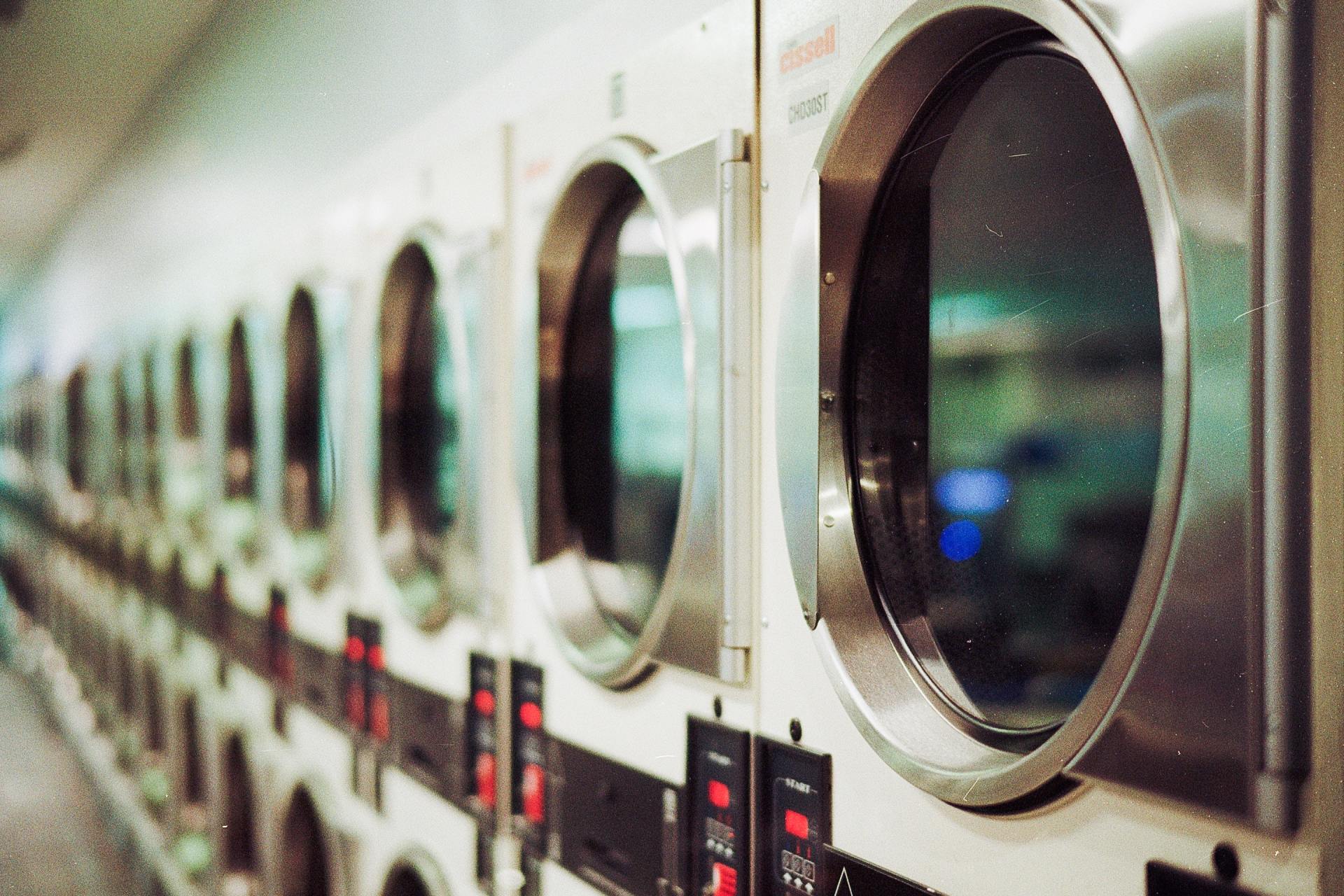
08 Dec, 2019
In our previous blog we already mentioned laundry habits as one of the simple things to change if you want to become more sustainable. In this blog we highlight some specific tips for this. Of course, implementing them all at once is a real challenge, but every small change in our habits already leads to big improvements on a large scale. 1. Washing or airing? Avoid the washing of clothes that are not really dirty (no spots), this is beneficial for the environment as well as for the condition of your clothes. 2. Line dry It saves energy, money, it is better for your clothes and it is a free workout. 3. Pay attention to your laundry detergent Don't use too much of it and use liquid detergent instead of powder detergent. This decreases the release of microplastics in the water. 4. Wait until the machine is full This saves water, energy and money. If you really want to wear your favorite sweater tomorrow but you can't fill the washing machine: wash it by hand. 5. Watch the temperature Don't wash your clothing too hot, this prevents shrinking and saves energy. 6. Know what you buy First of all pay attention to the energy rating of the washing machine. Besides that, make sure you match the size of the machine with the size of your family, this avoids half-full machines. 7. Instructions are there for a reason Read the washing instructions in your clothes. Pay attention to what it says about the temperature, bleaching, inside-out washing and centrifugation. This prevents you from destroying it and having to throw it away. 8. Take care of sharp parts Close zippers, put bras in an extra bag and watch other sharp parts that might damage the clothes in the washing machine. For facts about our current fashion industry or overall tips on taking your wardrobe to a greener level read our other blogs!
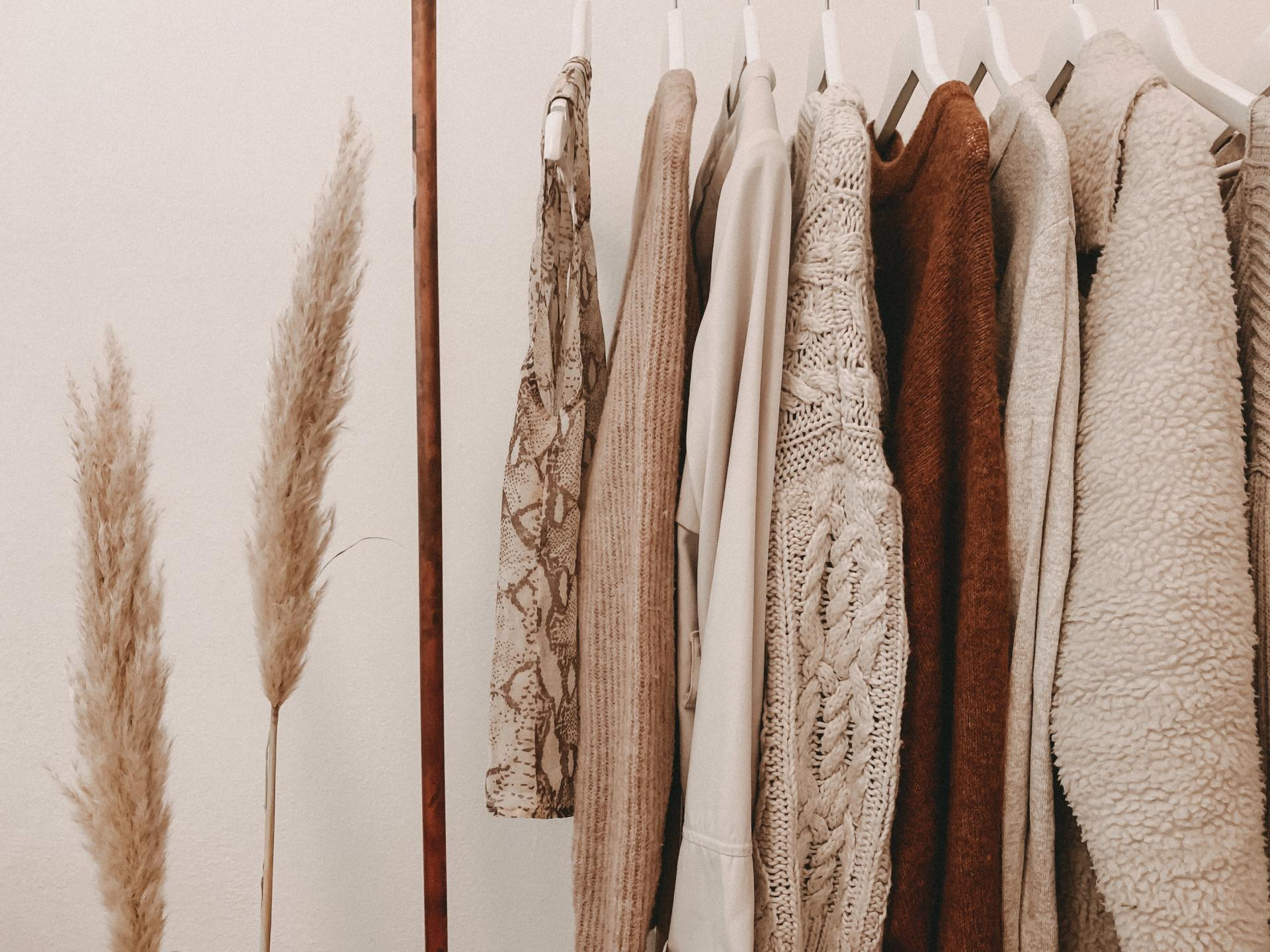
By MAX creations
•
24 Nov, 2019
In our previous blog , we mentioned some facts about our current fashion industry. We do believe that creating awareness activates people and makes them willing to contribute to the revolution that is needed. But how? How can you contribute to this? In this blog we give you five tips that are easy to apply. No rigorous changes, but just a few shifts in your behavior that will lead to great improvements. 1. First think, then Buy! All these clothes in your wardrobe that you only wore once, twice or maybe three times. A shame but you are certainly not the only person that has this problem. On average 25 percent of our wardrobes exist of clothing that has never been worn or has not been touched for over a year. The reasons for this? We have a lot more than we actually need. The only person that can manage this amount is you. We're not telling you to stop buying clothes Of course but always think twice before you 'just' buy a piece because it is cheap or you think it will come in handy one day. Try to buy timeless pieces that you can easily combine and wear on multiple occasions. Next time you're shopping ask yourself: Do I need this? Do I really like it? Do I know how to combine it? Is it of good quality? And if the answer is yes....then buy it! 2. You get what you pay for We all know the prices that we can buy clothing for nowadays. If you're lucky you pay less for your new jeans than for your dinner. But is this logical? Isn't something which you (hopefully) benefit from longer than one evening worth it to invest in? We have to learn to buy clothing that has a long lifespan and not just buy disposables even though the current prices make this so tempting. By this, we don't mean that you should only buy expensive clothing. Moreover, expensive clothing does not automatically mean that it is better. What we do mean is that we should all become aware of the quality we buy and that there is a reason that some clothing is as cheap as it is. Try to pay a little attention to the materials or quality marks that are assigned to clothing and your wardrobe will become more sustainable. 3. Ready to be washed? How often do you wash your clothing? We hope for your underwear the answer is after one wear but for almost all the other clothing we hope it's not. Many of us are great at washing clothing after one wear. In the end, nothing benefits from this since you have more laundry, more to iron, you can't wear that favorite sweater for a few days after you threw it in the washing machine and there are even more important reasons to stop washing your clothes too often. The first reason is the quality of your clothing. For example, jeans will not benefit from washing them too often. Another reason is the impact on the environment that washing has. Think about the amount of energy and water you use for washing, drying and ironing. Besides that, the water we use for washing is polluted by soap we use and the micro plastics and other chemicals that come off the clothes. The first simple solution to this is to not wash clothing that does not need to be washed. For more tips on how to strive for 'green laundry' read our blog ! 4. Get rid of it in a good way So you have this piece for over two years in your wardrobe and you are sure you are never going to wear it again. What now? You want to get rid of it but what is the best place to bring it? Every year an average of 145 kilograms of clothing ends up in the residual waste. Clothing that ends up here cannot be recycled anymore which is a shame. Instead of throwing your clothes into the residual waste you can, for example, give them to a friend or family member, sell it, swap it or throw it in the designated clothing containers. By doing this, your clothing will get a longer lifespan and the best end-of-life solution. 5. Treat them well Once you start buying clothes that are of more value and better quality, it is up to you to keep this. Besides being careful during the washing process there are more ways to remain the quality of your clothes. Storing your clothing correctly in your wardrobe is very important to keep the original shape. Fold stretchy clothing and hang clothing that creases easily. Also, be careful with perfumes or deodorants that might affect colors a nd whenever something is broken like for example a zipper......try to get it fixed before you decide to throw it away. MAXIMIZE RECYCLING - OPTIMIZE LIFESPAN - MINIMIZE WASTE




